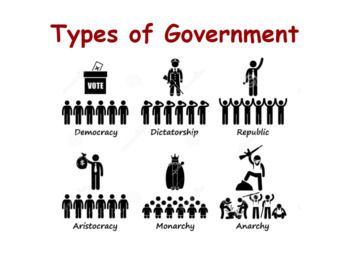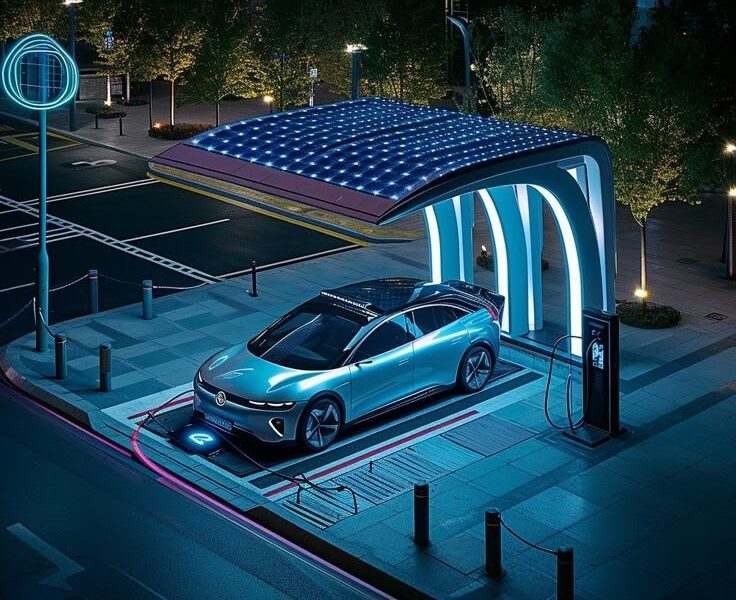🏛️ **The Magic of Global Policies: Accelerating the Transition to Electric Mobility**
Government policies and incentives have played a magical role in the global transition to electric mobility, enabling this revolution in record-breaking time. The European Union’s Green Deal has set a target to become carbon neutral by 2050, under which all member states have announced a ban on the sale of internal combustion engine vehicles by 2035. Through its policies, Norway has achieved the remarkable success that 80% of all new vehicles sold by 2023 were electric, a record for any country. Under its industrial policy framework, China has gained global leadership in the manufacture and export of electric vehicles, where it has emerged as the world’s largest electric vehicle market. In the United States, the Inflation Reduction Act introduced historic incentives for electric vehicles, including a $7,500 federal tax credit and additional incentives for domestic manufacturing. India has promoted electric mobility at a cost of $1.3 billion under the second phase of the FAME (Faster Adoption and Manufacturing of Electric Vehicles) scheme, which includes purchase incentives, construction of charging infrastructure, and manufacturing support. Japan has set a target for all new vehicles to be electric or hybrid by 2035, while South Korea has presented a comprehensive package to increase electric vehicle exports. The United Kingdom has forced the automotive industry towards an electric transition by announcing a ban on the sale of petrol and diesel vehicles by 2030. Canada has set a target under the Zero-Emission Vehicles Act for all new vehicles to be zero-emission by 2035. Australia has promoted charging infrastructure and affordable models through its National Electric Vehicle Strategy. All these global policies together are making the transition to electric mobility an irreversible reality.

💰 **The Spell of Financial Incentives: Making Purchasing Attractive for Consumers**
Governments have made electric vehicles extremely attractive for consumers through a magical system of financial incentives. Purchase subsidies have significantly reduced the initial cost of electric vehicles, making them more affordable compared to traditional vehicles. Tax credits have reduced the effective price by offering buyers income tax rebates. Registration fee exemptions have reduced vehicle registration costs. Road tax concessions have lowered annual maintenance costs. Import duty waivers have enabled imported electric vehicles to compete in the local market. Scrapping incentives have promoted the purchase of new electric vehicles in exchange for old ones. Low-interest loans have made financing for purchases easier. Direct cash incentives have increased immediate purchasing power. Corporate tax benefits have encouraged the electric transition of business fleets. Insurance premium reductions have decreased operating costs. All these financial incentives are making electric vehicles a financially attractive choice for consumers.
🔌 **Infrastructure Construction: The Role of Government Investment**
Governments have played a key role in alleviating range anxiety by making historic investments in the construction of charging infrastructure. Public charging networks have made charging facilities common in urban and rural areas. Highway charging corridors have made long-distance travel possible. Smart charging infrastructure has improved grid integration. Renewable energy integration has promoted sustainable charging. Battery swapping stations have offered alternative solutions. Workplace charging initiatives have made daily commuting easier. Residential charging solutions have enabled home use. Public-private partnerships have accelerated infrastructure development. Standardization efforts have ensured interoperability. Research and development has introduced new charging technologies. All these measures reflect the government’s role in the charging infrastructure sector.
🏭 **Industrial Policies: Promoting Local Manufacturing**
Governments have extraordinarily promoted the local manufacturing of electric vehicles through industrial policies. Production-linked incentives have enabled domestic manufacturing to compete globally. Local content requirements have strengthened the local supply chain. Research and development subsidies have fostered innovation. Export promotion schemes have increased global market share. Industrial zones have established manufacturing clusters. Skill development programs have created a trained workforce. Technology transfer agreements have enabled the transfer of modern technology. Quality standards have ensured product quality. Environmental regulations have promoted sustainable manufacturing. These industrial policies together are making the domestic electric vehicle industry successful globally.
🌱 **Environmental Policies: Carbon Emission Reduction Targets**
Governments have given electric vehicles a key role in achieving carbon emission reduction targets through environmental policies. Emission standards have imposed strict limits on manufacturers. Carbon pricing mechanisms have increased the relative cost of fossil fuels. Low-emission zones have promoted clean transportation in cities. Clean air regulations have reduced air pollution. Climate action plans have taken action against climate change. Environmental taxes have made pollution expensive. Green public procurement has prioritized sustainability in government purchasing. Sustainability reporting has improved corporate transparency. Circular economy policies have promoted the efficient use of resources. These environmental policies are making electric mobility an important means of environmental protection.
📚 **Research and Development: Promoting Innovation**
Governments have extraordinarily promoted innovation in electric mobility by investing in the research and development sector. Public research institutions have played a key role in basic research. University partnerships have connected academic research with industry. Innovation grants have supported startups and entrepreneurs. Technology demonstration projects have enabled the practical testing of new technologies. Patent incentives have protected inventions. Knowledge sharing platforms have promoted information exchange. International collaboration has coordinated global research efforts. Specialized research centers have conducted focused studies. Talent development programs have produced skilled researchers. These research and development initiatives are leading to the continuous improvement of electric mobility technology.
🚗 **Transformation of Public Transport: The Revolution in Collective Mobility**
Governments have paved the way for a revolution in collective mobility through the electric transition of public transport systems. Electric buses have reduced the environmental impact of urban transport. Electric trains have decarbonized the railway system. Public charging infrastructure has promoted shared mobility. Integrated mobility platforms have connected different transportation modes. Fare incentives have made public transport use attractive. Last-mile connectivity solutions have improved access to public transport. Smart traffic management has enhanced the efficiency of urban transport. Urban planning policies have promoted compact city designs. Public awareness campaigns have encouraged behavioral change. All these measures are accelerating the electric transition of public transport.
🌍 **International Cooperation: Global Harmonization Initiatives**
Governments have created harmony in the global transition to electric mobility through international cooperation. International agreements have set global targets. Multilateral initiatives have organized joint efforts. Technology transfer programs have made knowledge sharing possible. Standard harmonization has ensured global interoperability. Joint research projects have promoted collaborative innovation. Capacity building programs have assisted developing countries. Trade agreements have facilitated the global trade of electric vehicles. Diplomatic efforts have improved policy coordination. Global forums have enabled the exchange of best practices. These international cooperation initiatives are coordinating the global transition to electric mobility.
📊 **Data and Monitoring: Reviewing Policy Impacts**
Governments have reviewed the impacts of policies through data collection and monitoring systems. Performance metrics have measured policy effectiveness. Data analytics have identified trends and patterns. Impact assessments have analyzed policy outcomes. Progress tracking has monitored the achievement of targets. Stakeholder feedback has informed policy improvements. Benchmarking has enabled international comparisons. Reporting frameworks have ensured transparency. Evaluation studies have guided policy adjustments. Continuous monitoring has enabled real-time adjustments. These data and monitoring systems are improving the effectiveness of policies.
🔮 **The Path Forward: The Evolution of Policies**
Government policies are continuously evolving, paving the way for the future of electric mobility. Adaptive policies have adjusted to changing conditions. Progressive targets have increased ambition. Integrated approaches have created harmony among different policies. Innovative instruments have presented new solutions. Inclusive planning has involved all stakeholders. Sustainable frameworks have ensured long-term stability. Technology-neutral policies have encouraged different solutions. Evidence-based decision making has made decisions based on scientific evidence. Participatory processes have included public consultation. Forward-looking strategies have prepared for future challenges. This policy evolution is establishing the future of electric mobility on a solid foundation.


